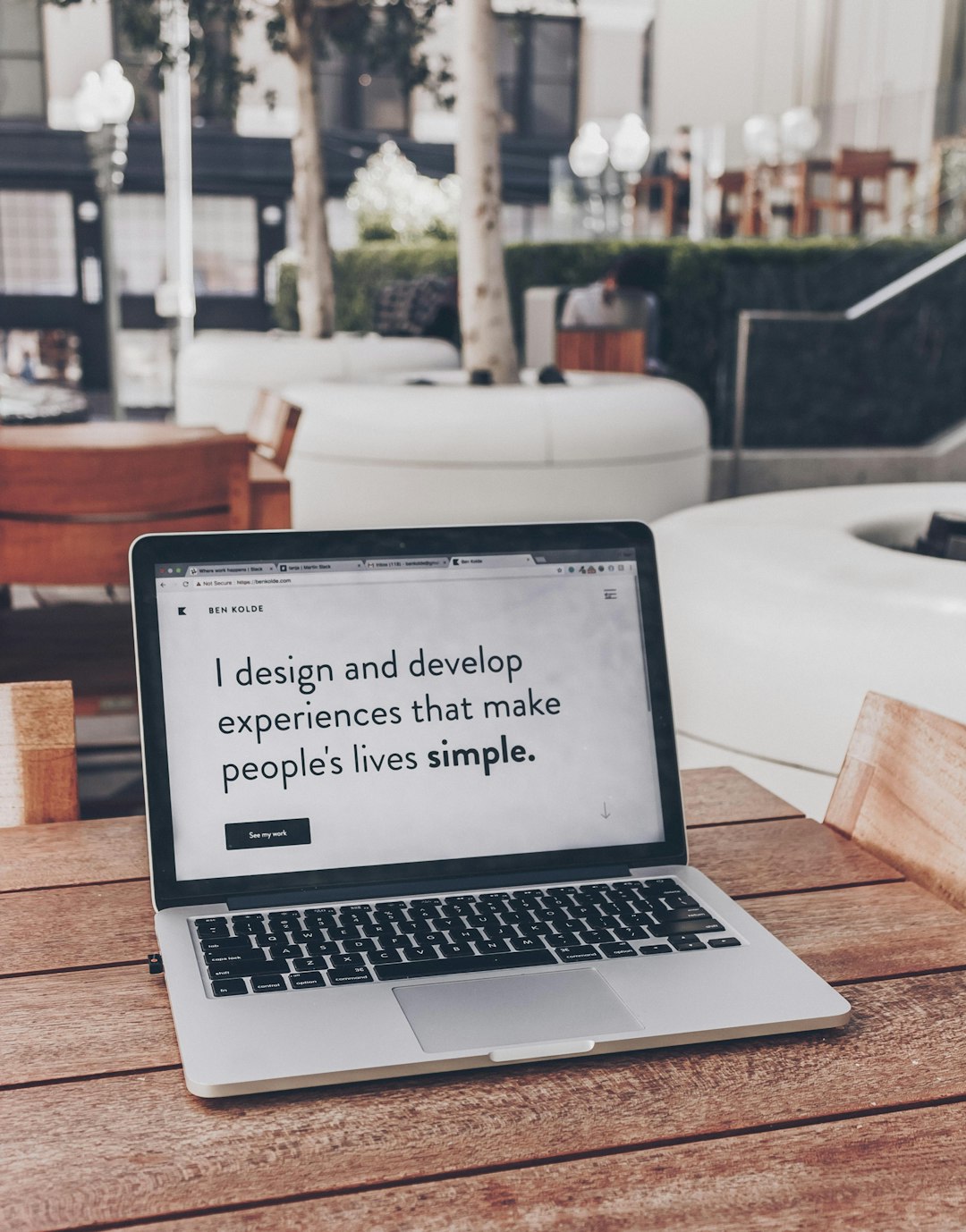
Cultivating Harmony Through Innovative UX: The Future of Empathetic Design
In an era where technology permeates every aspect of our lives, the demand for innovative user experience (UX) design that prioritizes empathy has never been more critical. As we navigate through digital landscapes, the concept of “Cultivating Harmony Through Innovative UX” emerges as a guiding principle for creating products that resonate with users’ emotional needs and desires. This article explores current developments, emerging trends, and practical applications of empathetic design, positioning it as a cornerstone for future innovations.
Understanding Empathetic Design
Empathetic design is the practice of creating products and interfaces that genuinely consider the feelings, contexts, and challenges faced by users. This approach goes beyond traditional usability metrics; it seeks to establish an emotional connection between users and products. As technology continues to evolve, the importance of this connection becomes paramount.
The Role of Technology Trends
Recent technology trends have underscored the importance of empathetic design. With the rise of artificial intelligence (AI) and machine learning, designers have access to vast amounts of user data, allowing for more personalized experiences. Tools that analyze user behavior can inform design decisions, helping create intuitive interfaces that anticipate user needs. For instance, AI-driven chatbots that provide tailored support can significantly enhance user satisfaction by addressing concerns in real-time.
Example: AI-Powered Personalization
A notable example of empathetic design in action is Spotify’s recommendation engine. By utilizing machine learning algorithms, Spotify curates playlists that resonate with users’ moods and preferences. This innovative approach not only enhances user engagement but also fosters a sense of connection and belonging — key elements in cultivating harmony.
Emerging Trends in UX Design
Holistic User Journeys
One of the most promising trends in UX design is the focus on holistic user journeys. Designers are increasingly recognizing that a user’s experience extends beyond individual interactions; it encompasses the entire lifecycle of engaging with a product. This realization encourages a more comprehensive approach to design, considering every touchpoint and how they collectively shape user satisfaction.
Inclusive Design Practices
Inclusive design is another vital trend in cultivating harmony through innovative UX. Designers are acknowledging the diverse needs of users and striving to create products that are accessible to everyone, regardless of ability. This shift not only promotes social responsibility but also expands market reach by catering to a broader audience.
Case Study: Microsoft’s Inclusive Design
Microsoft has been a pioneer in inclusive design, developing products like the Xbox Adaptive Controller, which accommodates gamers with limited mobility. This thoughtful approach exemplifies how empathetic design can break down barriers and foster inclusivity, ultimately enhancing user experiences.
Expert Opinions on Empathetic Design
Experts agree that empathetic design is not merely a trend but a necessity in today’s digital landscape. According to Don Norman, a renowned design thinker, “The design should not be about the product or the company; it should be about the people.” This perspective reinforces the idea that prioritizing user emotions can lead to more meaningful and impactful products.
Practical Applications of Empathetic UX Design
Organizations aiming to implement empathetic UX design must begin with a user-centered approach. Here are practical steps to cultivate harmony through innovative UX:
- User Research: Conduct surveys, interviews, and focus groups to understand user needs and pain points.
- Prototyping: Create prototypes that allow users to interact with designs early in the process, gathering feedback to refine solutions.
- Iterative Design: Embrace an iterative design process where user feedback is continuously integrated, ensuring the product evolves alongside user needs.
Tools for Empathetic Design
Several tools can assist designers in creating empathetic user experiences:
- UserTesting: A platform that allows designers to gather real-time feedback from users.
- Figma: A collaborative design tool that supports prototyping and user testing.
- Miro: An online whiteboard that facilitates brainstorming and mapping user journeys.
Further Reading and Resources
For those interested in deepening their understanding of empathetic design, consider exploring the following resources:
- The Design of Everyday Things by Don Norman
- Inclusive Design Principles
- The Importance of Empathy in UX Design
In a world where technology is rapidly advancing, cultivating harmony through innovative UX is essential for creating products that genuinely connect with users. As designers embrace empathy, they pave the way for more meaningful interactions and ultimately enhance the overall user experience.
Consider sharing this article with your network or subscribing to our newsletter for more insights on technology trends and innovations. By engaging with these concepts, we can all contribute to a future where empathetic design thrives, ensuring that technology serves as a bridge rather than a barrier.


